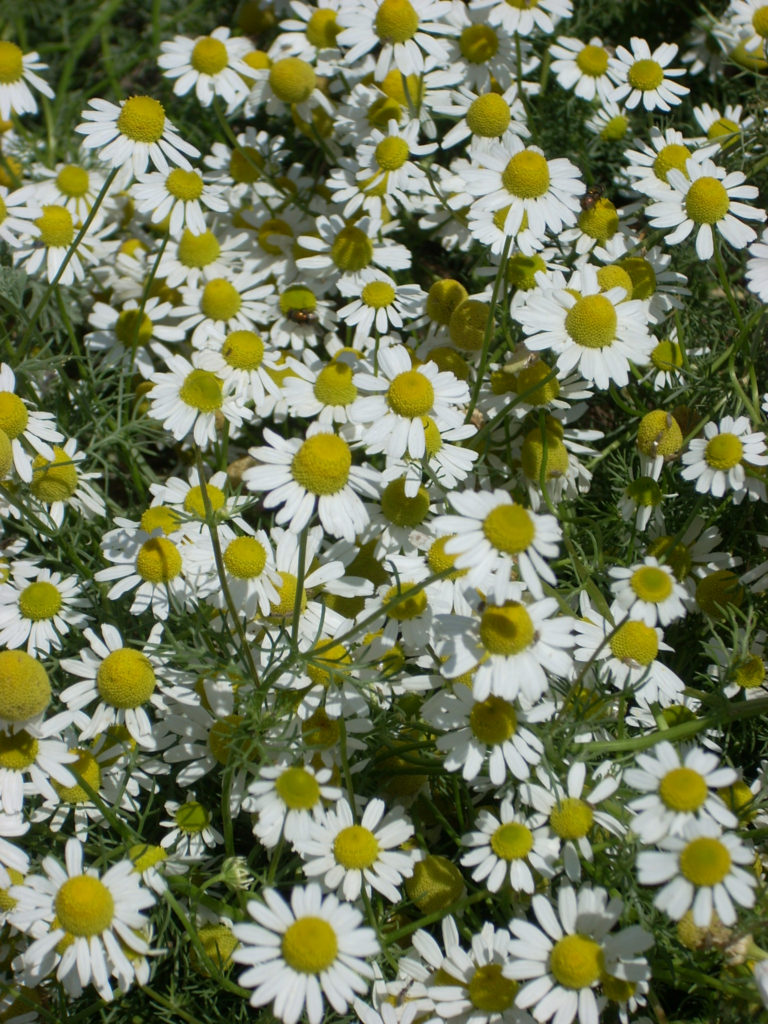Introduction:
Lajwanti is a perennial plant. Its roots, leaves, and seeds have been used in Ayurveda since ancient times to cure many diseases. It is a very popular plant as it completely shrinks as soon as someone touches it. After some time it comes back to its state. For this reason, Lajwanti is also called a sensitive plant or touch me not plant. Its botanical name is Mimosa pudica.
Benefits of Lajwanti:
In Diabetes
The Lajwanti plant is traditionally used for the treatment of diabetes in many places. According to research, anti-diabetic properties are found in mimosa, which helps in reducing the level of glucose present in the blood.
Wounds and rashes
The use of Lajwanti leaves is good for all kinds of wounds as it has wound healing properties which helps in the quick healing of wounds. Apart from this, the juice or paste of Lajwanti is also used to reduce the problem of rashes with wounds. Therefore, applying Lajwanti paste on any kind of wound or cut is a good remedy.
Relief of stress
The use of the Lajwanti plant is considered beneficial to relieve stress. The nutrients present in it are known to promote brain health. Apart from this, this nutrient helps in dealing with mental problems like stress, depression.
In Respiratory problems
According to research, anti-bacterial, anti-inflammatory and antioxidant properties are found in Lajwanti leaves, which clear the airways by removing dust, allergens and inflammation of the airways. Lajwanti is also effective for the problem of asthma. Consuming the juice extracted from the Lajwanti plant twice a day is beneficial for asthma patients.
For sexual health
In Ayurveda, Lajwanti is considered a natural cure for sexual problems. It effectively works to promote the sexual health of men. This benefits in removing premature ejaculation and other sexual problems.
For ulcers
The extract of mimosa acts like a medicine that has a positive effect on gastric hyperacidity and ulcers. Anti-ulcer properties are found in Lajwanti plays an important role in preventing ulcers.
For diarrhea
The use of Lajwanti is considered very good for diarrhea. It has been used as a medicine for diarrhea since ancient times. For this, consume a spoonful of the powder of the root of Mimosa with curd.
For stomach health
According to research reports, lajwanti helps in flushing out toxins and harmful bacteria from the body because it has anti-bacterial and anti-microbial properties. Lajwanti helps in curing pain in the stomach especially the pain caused by intestinal worms. It is also helpful in improving the digestive system and keeping the stomach healthy.
Beneficial for hair
The use of Lajwanti is helpful in preventing the problem of hair fall. For this, it is beneficial to use shampoo containing Lajwanti’s juice. .
Other benefits of Lajwanti
- Useful in skin itching Make a paste of Lajwanti leaves and apply it to the itchy areas to get rid of itching.
- Useful in kidney stones: If a person has a kidney problem, making a decoction of 10 grams of powder of Lajwanti root and drinking it is beneficial. To melt kidney stone.
- Useful in piles: Consuming ground lajwanti with milk is beneficial for people suffering from piles
- Reduces breast laxity: Grinding the root of Lajwanti and Ashwagandha and applying it to the breast to get rid of breast laxity
- Useful in testicular swelling: Lajwanti is an effective medicine to get relief from swelling of the testicles.
- Snake and Scorpion bites: Powdered Lajwanti is beneficial in snakebite and scorpions. Also, it is beneficial to apply the paste to the bitten area.
Side effects of Lajwanti
- Lajwanti is a medicinal herb, which is very beneficial for health but for some people, its use can cause allergic reactions.
- Women who are planning for babies or are breastfeeding can experience unwanted side effects.
Conclusion:
Lajwanti majorly possesses antibacterial, ant venom, anti-fertility, anticonvulsant, antidepressant, aphrodisiac, and various other pharmacological activities. The herb has been used traditionally for ages, in the treatment of urogenital disorders, piles, dysentery, sinus, and also applied on wounds. However as a word of caution please consult your health care provider before starting this herb.




